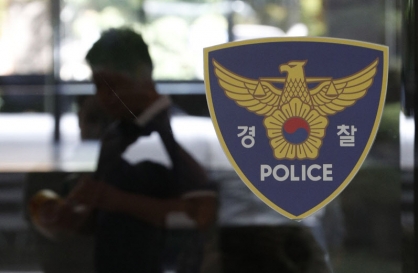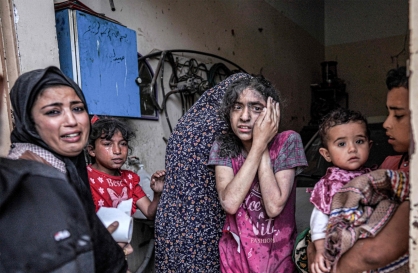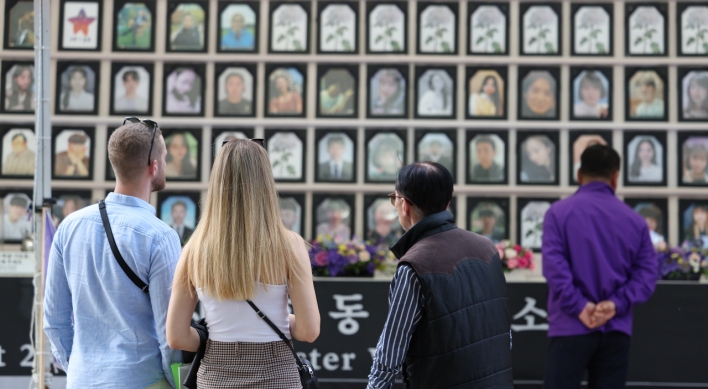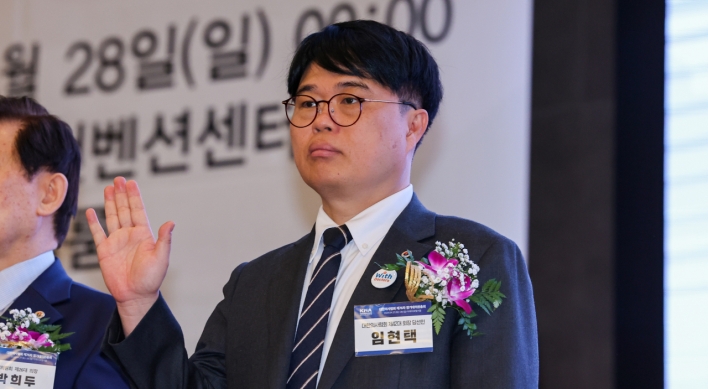A documentary screening about the survivors of Typhoon Haiyan on Sunday will mark the anniversary of the storm, which hit the Philippines on Nov. 7, 2013.
The documentary, by Korea-based Filipino filmmaker Nash Ang, follows children and their families as they cope with the aftermath of the disaster during the Christmas period.
The film looks at three families, one of which lost 22 members, while only three survived ― two children and a grandparent.
“The survivors literally climbed coconut trees, that’s why they survived,” he said.
“The typhoon was not the killer itself but the big wave it brought in. There was a big tidal wave like a tsunami and it washed the island three times.”
The film came about partly by chance, as Ang had been planning to film in the area before the typhoon hit.
“Before Haiyan came and struck the Philippines, my producer (Victor Villanueva) and I were planning to make a film in Cebu,” said Ang. “We decided to cancel the film we planned to make and instead make a documentary about the child survivors of Typhoon Haiyan.”
“The northern part of Cebu was heavily damaged by the typhoon but we opted to ride a boat to go to Leyte Island ― the center of the damaged area.”
The documentary, by Korea-based Filipino filmmaker Nash Ang, follows children and their families as they cope with the aftermath of the disaster during the Christmas period.
The film looks at three families, one of which lost 22 members, while only three survived ― two children and a grandparent.
“The survivors literally climbed coconut trees, that’s why they survived,” he said.
“The typhoon was not the killer itself but the big wave it brought in. There was a big tidal wave like a tsunami and it washed the island three times.”
The film came about partly by chance, as Ang had been planning to film in the area before the typhoon hit.
“Before Haiyan came and struck the Philippines, my producer (Victor Villanueva) and I were planning to make a film in Cebu,” said Ang. “We decided to cancel the film we planned to make and instead make a documentary about the child survivors of Typhoon Haiyan.”
“The northern part of Cebu was heavily damaged by the typhoon but we opted to ride a boat to go to Leyte Island ― the center of the damaged area.”

Ang arrived about a month after the storm, when the survivors were building makeshift houses to replace the ones that had been destroyed.
“Most of the children were collecting scrap metal and selling it to buy food.”
“I don’t know how they do that and how they don’t get hurt. ... It’s really dangerous.
“Just look at this (picture). No protection at all. And look at his clothes. It’s a plastic bag!”
However, he said that by that time aid agencies had managed to ensure a basic level of food and shelter provision.
The film ends as the children return to school in January. But here, too, the effects of the typhoon are seen: One school was completely washed away, Ang said, while another was holding classes despite extensive damage.
A third had acted as an evacuation and gathering point, so while it was in better shape, classes couldn’t be held.
“On the first day of classes, kids can’t go to school because some family is occupying a room,” he said.
Despite this he said the children were surprisingly resilient.
“They were ... happy, as if that nothing happened to them, which is amazing,” he said.
It’s this sense of moving forward that got the film its title, “Paraiso,” meaning paradise.
“(It’s) the place where they get their livelihood. A place for their sorrow and happiness, good times and bad times. A father said, ‘I was born there, went to school married and had kids and lost my family. This place is my Paradise. This place is also where I will die.’”
The screening, being held as part of Pinoy Iskolars sa Korea’s anniversary celebrations, will be held at the Salad Multipurpose Theater near Mullae Station at 7 p.m. Tickets are 8,000 won.
Further screenings are to be held at festivals in the Philippines and Brazil, and the film won the grand prix at the International Festival of Environmental Cinema of Serra da Estrela in Portugal in October. For more information, visit projectparaiso.blogspot.com.
By Paul Kerry (paulkerry@heraldcorp.com)
-
Articles by Korea Herald







![[Music in drama] Rekindle a love that slipped through your fingers](http://res.heraldm.com/phpwas/restmb_idxmake.php?idx=644&simg=/content/image/2024/05/01/20240501050484_0.jpg&u=20240501151646)



![[New faces of Assembly] Architect behind ‘audacious initiative’ believes in denuclearized North Korea](http://res.heraldm.com/phpwas/restmb_idxmake.php?idx=644&simg=/content/image/2024/05/01/20240501050627_0.jpg&u=20240502093000)







